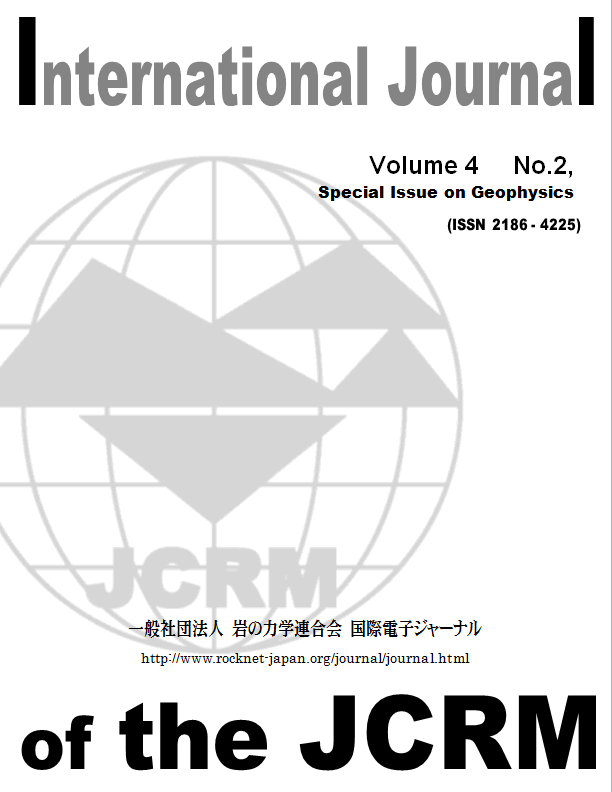Rock Engineering is a broad field that encompasses the design and the construction of structures that will be situated in or on rocks and also the evaluation of the stability of natural slopes. The successful design and construction of man-made structures in or on rocks and also the evaluation of the stability of natural slopes require knowledge of the rock types and characteristics that compose the site and, more importantly, knowledge of the mechanical and hydraulic properties of the rocks, including the presence of any discontinuities such as faults, joints and fractures. Geophysical methods provide tools for mapping and assessing the properties of large volumes of rock in two or three spatial dimensions, as well as over time. The geophysical response of a rock to seismic, electric and electromagnetic is a function of the rock type, fluid-content, and structural features (porosity, cracks, fractures, etc.). Thus, the goal of the application of geophysics to rock engineering is to probe a rock mass to provide the rock engineer with information on the geological, mechanical and hydraulic properties of a proposed site to aid in the design and operation of the proposed structure and also in the evaluation of natural slopes.Based on the background shown above, the Commission on the Application of Geophysics to Rock Engineering was formed in the International Society for Rock Mechanics in 1996. And I was appointed as a president of this commission. At the commission meeting in July 2007 that was held in association with the 11th ISRM Congress in Lisbon I proposed to hand over the commission president to Professor Toshifumi Matsuoka at Kyoto University, Japan. All of the commission members attended the meeting agreed my proposal and Professor Matsuoka accepted to be a president of the commission. One of the main activities of the commission is to organize international workshops, therefore, the 1st International Workshop on the Application of Geophysics to Rock Engineering was held in 1997 in New York. Since then, a series of successful workshops was held continuously, and most recently, the 8th International Workshop on the Application of Geophysics to Rock Engineering was held on June 29th in 2008 in association with the American Rock Mechanics Association San Francisco 2008 Symposium in USA. The 8th International workshop was held under the chairmanship of Professor Matsuoka with strong support by Professor Laura J. Pyrak-Nolte at Purdue University USA.About 100 pages of proceedings were published from all of the 1st to 8th workshops. However the publications of the papers presented at these workshops in the ISRM related journals were not so many. The papers presented at the 1st and the 2nd workshops were published in the special issue of the International Journal of Rock Mechanics and Mining Sciences Volume 38 Number 6 in September 2001. And the keynote lectures presented at the 4th workshop were published in the ISRM News Journal Volume 7 Number 1 in December 2001.Dr. Soichi Tanaka, who is the most active member of the ISRM Commission on the Application of Geophysics to Rock Engineering since establishment of the commission, proposed the publication of the papers presented at the 8th workshop as the special issue of the International Journal of the Japanese Committee for Rock Mechanics. This is an excellent idea and we supported it, and this special issue is going to publish. It is sure that this publication will supply much excellent information to both rock mechanics and exploration geophysics communities.I express my appreciation to all of the authors who made this special issue possible, and I would also like to thank all of the editors for their outstanding effort for the publication of this issue. Thank you.
View full abstract
